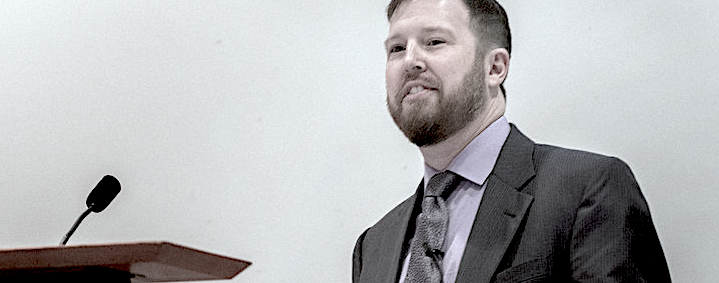
Reliable information about access to broadband is essential to efforts designed to ensure equal access to broadband. The Federal Communications Commission’s National Broadband map is missing the mark, however, because it relies on self-reporting by Internet service providers for information. That was the message of Sascha Meinrath, the Palmer Chair in Telecommunications at Pennsylvania State University, when he joined the January 19 PCI Community call. The reporting discrepancy exacerbates the digital divide and disadvantages rural communities.
Sascha co-founded the Measurement Lab (M-Lab) in 2008 with a group of experts — including Vint Cerf — to deploy Internet measurement tools that empower the public and key decision-makers with useful information about broadband connectivity. One of M-Lab’s tools, “NDT Speed Test” [a.k.a., “Network Diagnostic Tool Speed Test”] — developed in partnership with Google — logs 750,000 individual tests worldwide per day, producing the largest open repository of broadband data on the planet.
The data collected by M-LAb are at odds with reporting from ISPs about who has access to what broadband and where. “Three hundred and fifty million dollars have been spent on a map to nowhere filled with inaccurate and useless information,” he said. The official map states that 90% of people have access to broadband, but he says, “the reality is shockingly different.” As a result, Meinrath warned, “it’s impossible to make informed decisions based on official measures.”
Incorrect data impacts a community’s eligibility for federal grants to expand broadband access, so the reporting discrepancy sets up a kind of Catch-22: if a provider incorrectly reports that broadband is available within a certain area, then that area is not eligible for federal subsidies to improve connectivity.
“As broadband has progressed, digital divides are far greater, widening more than in prior years. Now the have-nots are still there, but the ‘haves’ have been making many more gains. Disparities are greatly increasing,” Meinrath said during his presentation to PCI, and it’s not just a matter of upload and download speeds.
“Pricing is the top accessibility barrier after connectivity,” he explained. “We have no empirical data from official sources to verify or inform analysis of how much people are being charged for substandard connectivity.” Sascha would like to see a systematic mapping and policy consideration of broadband pricing, similar to speed mapping.
Meinrath spends quite a bit of time in Washington, DC with policy makers. For the past decade he has been focused on access, and has a few ideas about how current policies could be improved:
“You could vastly improve US national broadband plan for zero cost,” he told the PCI Community, “just require ISPs to report their speeds and pricing and require them to provide the connectivity that they advertise or face a fine.” He also would like to see a more thoughtful approach to using “anchor institutions,” like schools, libraries and other public buildings to bring baseline connectivity in underserved areas.
The M-Lab makes its data available to the public, including through its data visualization interface at the measurementlab.net. Sascha hopes to provide the M-Lab’s massive trove of data to policymakers to encourage a reevaluation and refinement of the policies and processes around measuring connectivity and determining eligibility for broadband incentives. He invited the PCI Community to share the M-Lab’s findings and join in the effort to encourage more accurate data for broadband governance:
“We have a 10-year pile of data now. How do we make it useful and bring it into the hands of the decision-makers who make policy?”
He welcomes volunteers and partners to work on the M-Lab’s next steps, including:
Automating Data collection and visualization
Refining the mapping portal
Analyzing and exploring the data
Developing eligibility maps

1 comment